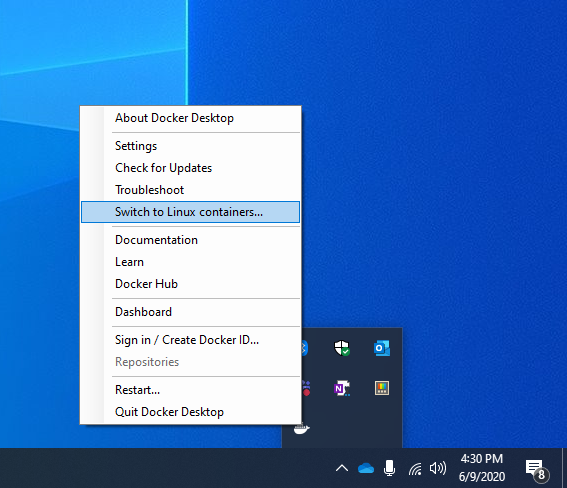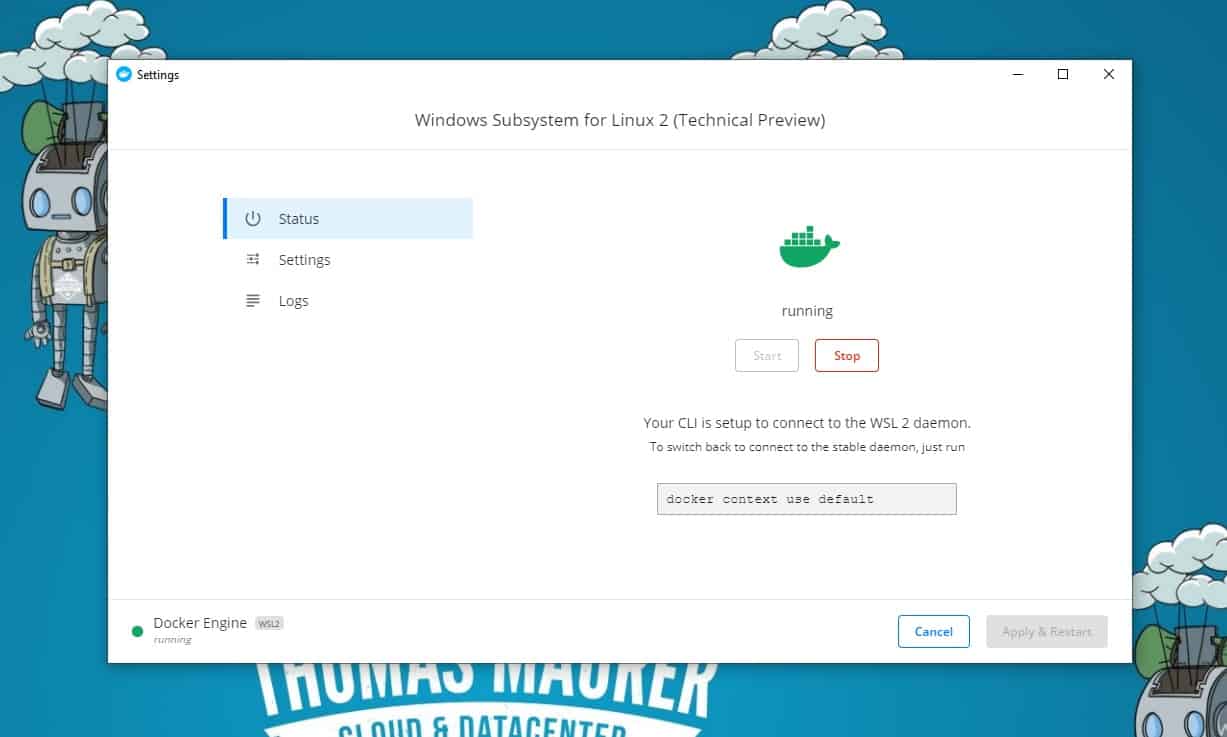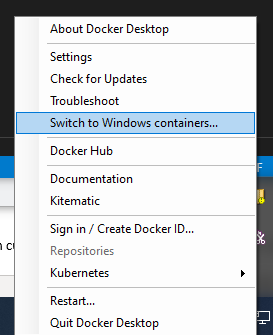

- DOCKER DESKTOP LINUX INSTALL
- DOCKER DESKTOP LINUX FULL
- DOCKER DESKTOP LINUX FREE
- DOCKER DESKTOP LINUX WINDOWS
You run into similar issues that k3s has – performance in exchange for the possibilities of heisenbugs. Microk8s runs a conformant, but not upstream version of Kubernetes. Maybe that's important for you – maybe you already have a support contract with those companies. Compared with minikube, both podman and microk8s are controlled by for-profit companies, rather than the CNCF/Linux Foundation. A good alternative to Docker Desktop if you're already on Ubuntu or use Ubuntu in production.

No GUI, but provides a Kubernetes cluster and Docker daemon. On macOS and Windows, requires Multipass. Not a replacement for Docker Desktop.Ī minikube-type program that runs on Ubuntu and uses snapd. A few CPU cycles isn't worth the headache of debugging where the SQLite backend (k3s) differs from etcd (minikube). Staying current with upstream Kubernetes (and Docker) required lots of maintenance and patches. This is how minikube used to work, although now it uses upstream.
DOCKER DESKTOP LINUX FULL
Promising technology if you're willing to be on the cutting edge.Ī stripped-down Kubernetes distribution that is much smaller and faster than a full upstream Kubernetes. Colima doesn't ship with a GUI and has a UX similar to minikube. Volume mounts may be faster with Lima, but the project is still in early stage development and may introduce breaking changes according to the README. This also means that you don't get new features like BuildKit, which promise faster and better container builds (see my Alternative to the Dockerfile).Ī project that runs on Linux and macOS that spins up a docker environment in a virtual machine using Lima. If you are running podman in development but running Docker in production, you might be exposing yourself to some bugs or unintended behavior. daemonless does not show any real performance improvements (especially on macOS/Windows, where the real performance tank is running the virtual machine more than anything else). One benefit of this is that podman's architecture is daemonless, which means it does not run a long-running program to monitor and interact with the containers. It does not run Docker, but rather a Docker API-compatible replacement. On macOS that requires installing and running qemu. On macOS or Windows, it requires you to provide a Linux virtual machine to run podman inside, although it provides some utilities to help you create this machine (see tutorial). It is open-source and published by Red Hat. Podman is another CLI tool that provides a Docker-compatible API.
DOCKER DESKTOP LINUX INSTALL
You can install it through most package managers (brew, chocolately, arch linux). You can also use virtualbox to run the machine.
DOCKER DESKTOP LINUX WINDOWS
It runs on macOS through the amework, Windows through Hyper-V, and Linux either natively (without a virtual machine), docker, or KVM.


It's configurable in pretty much every way – using different container runtimes, using a custom virtual machine image, support for GPU and other hardware passthrough. I suggest minikube as a starting place for platform teams that are building a one-click solution thats tailored to their developer teams. Minikube does not come with a GUI, but it is open-source. At a high level, Docker Desktop works the same way (with additional features for the filesystem, GUI, etc.) Minikube napkin architecture on macOS or Windows. Docker is built on Linux namespaces and cgroups, so all solutions on macOS or Windows utilize fast and native hypervisor frameworks to run a small Linux virtual machine. The architecture is simple, but "turtles all the way down". There's an option to run just Docker with minikube if you'd like. Furthermore, it is the only tool that is a drop-in replacement for Docker Desktop if you're running Kubernetes and Docker. Minikube is the officially supported way to run Kubernetes locally on macOS, Windows, or Linux. In my 3 years at Google, I built and maintained minikube, which runs Docker and Kubernetes on macOS, Linux, and Windows ( and many other container projects). I've spent a lot of time with the internals of running Docker or Kubernetes on the desktop. Is it really worth your team's time to deal with an alternative stack? For what its worth, I'm no longer working on low-level container projects, so I use Docker Desktop in my daily workflow.
DOCKER DESKTOP LINUX FREE
It's been a few years since I was a maintainer of minikube, but after the news that Docker Desktop will no longer be free for enterprises and some of the misconceptions of how the technology works, I thought I'd write a post.įirst, Docker Desktop is a great product, and the tradeoff between implementing an alternative system or paying for my team to use Docker Desktop is a no-brainer.


 0 kommentar(er)
0 kommentar(er)
